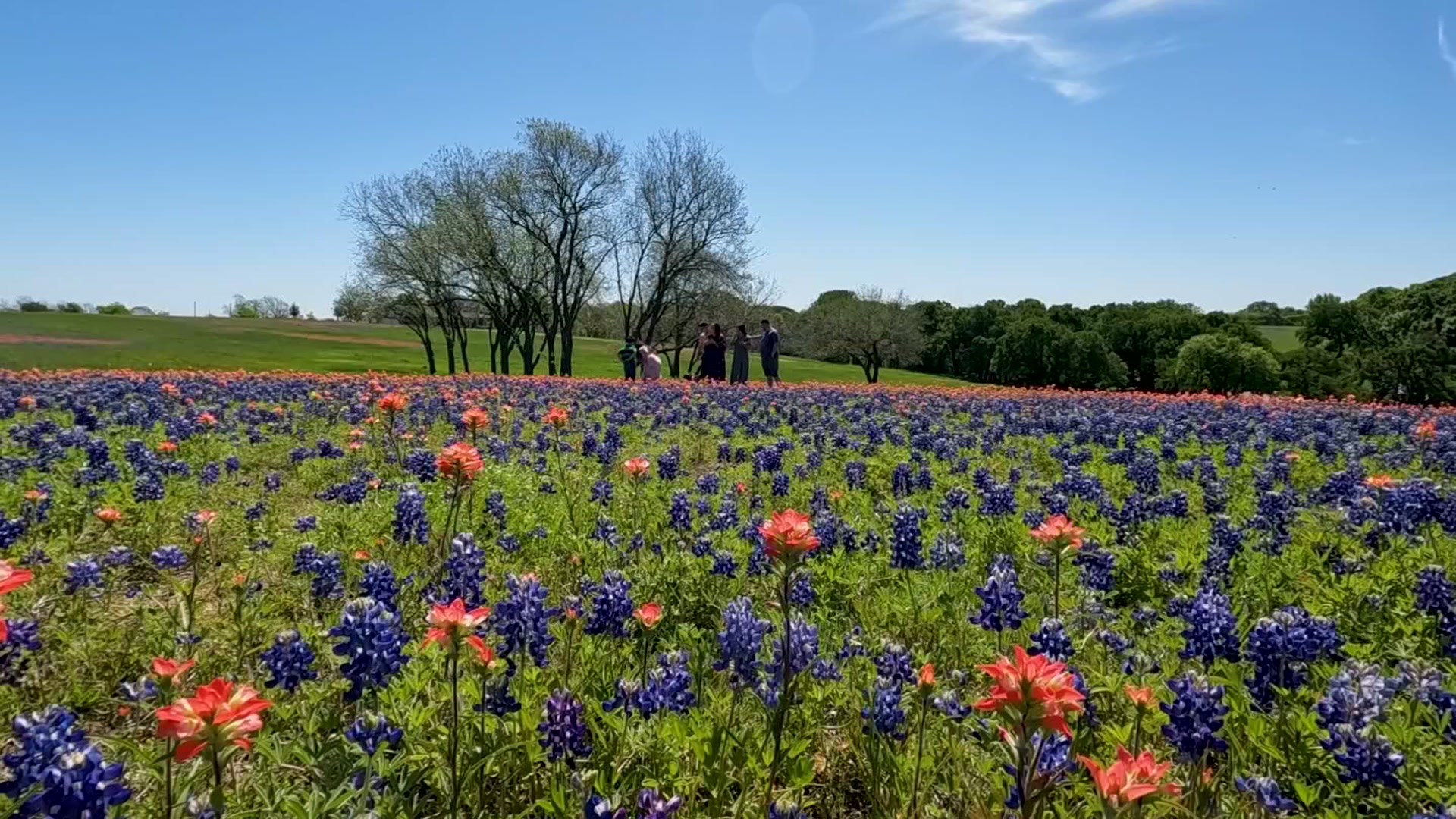Could a teenager's notebook provide clues to one of history's greatest mysteries? When Amelia Earhart disappeared during an attempt to fly around the world in 1937, the official explanation was simple: Earhart and her navigator, Fred Noonan, got lost, crashed into the Pacific Ocean and died immediately. Skeptics have been disputing that explanation for more than 80 years, now pointing to Betty Klenck's notebook as evidence of a different theory.
Klenck, a 15-year-old living in St. Petersburg, Florida in 1937, loved to listen to her family's shortwave radio, jotting down lyrics to her favorite songs in her notebook. In July 1937, Klenck heard a series of distress calls, presumably made by Amelia Earhart. She wrote down what she heard and kept the notebook for decades. Those distress calls are now the basis of "Betty's Notebook" a world premiere choral piece composed by Nicholas Reeves and commissioned by Verdigris Ensemble.
"Betty's Notebook" is paired with Mason Bates' "Mass Transmission," a musical recreation of a correspondence between a mother and daughter over one of the first long-distance radios.
Reeves, a Texas native, talks about his musical influences, compositional style and the inspiration for this new work.
NBCDFW: What part of Texas are you from? What led you to a career in music?
Nicholas Reeves: I am actually from Edinburg, Texas and was raised in the Rio Grande Valley. I started writing sacred compositions when I was 14 and my life as a composer has been subsequently built on this foundation.
NBCDFW: Do you come from a musical family? What were you early musical influences?
REEVES: My family led me to music. They performed in different capacities: community choir, church, musical theater, and curricular choirs. My early influences were recordings, local productions of musical theater, concerts (in particular Messiah and Duruflé's Requiems sung at the Texas All-State choir concert by my older brother), the Nutcracker, and high school concerts.
NBCDFW: How would you describe your compositional style? What drew you to composing?
REEVES: My compositional style has some particular influences: American lyricism and rhythm (Barber and Adams etc.), Renaissance polyphony, Mid-Twentieth-Century Continental textures, spectral harmony, and chant. I thought from an early age that being a composer was one of the most important and impactful professions in a society as communal offering of reflection for a gathered populace.
NBCDFW: How much did you know about Betty and her notebook before Sam Brukhman, Verdigris Ensemble's artistic director, approached about this project? What most intrigues you about this story?
REEVES: I knew nothing about this. What I find most intriguing is the uncanny accuracy of the details that Betty Klenck Brown wrote down one afternoon in 1937. Amelia Earhart's married named, Putnam, is recorded, her middle name, Mary, is put down as well. Her husband's name, George, and current state of residence, California, is also mentioned. It would be quite unusual for a 15-year-old girl to know these specifics beforehand. These examples as well as others in the notebook give further credence to the veracity of this transmission.
NBCDFW: The structure of the piece is unusual with the 16-part choral ensemble, Betty's Voice, Betty's Choir and Betty's Radio. Why is the human voice the only instrument in this work? How do each of these parts work together to illuminate Betty’s story?
REEVES: The Verdigris Ensemble has a traditional voicing for an a cappella chamber choir, sixteen. With this is a starting point, I tried to imagine how the potential for each voice to contribute something unique in a non-traditional way to the work could be realized. This made me think of Betty’s voice as an instrument, because her story—her own words—are the vehicle that contribute something unique to the performance. With this in mind, it is Betty’s voice that eventually became the real starting point. Everything in the work is derived from her audio interview, not just in verbal content, but in pitch material as well as rhythm.

Through a spectral analysis of her voice, I was able to extract pitches to create a musical amplification of her resonance. Three ensembles in the work are related to her intonational patterns. Betty’s Voice are live audio samples of her interview in the early 2000s. Betty’s Choir are audio samples of the same interview manipulated to form long sustained pitches resulting in choral textures. The sixteen-voice choir is the live echo of words heard from Betty’s Voice, but it is a reverberant reflection of dramatic proportions.
Of special is the Radio Choir. Betty’s Radio are pre-recorded jazz tunes in the style of what she would have been listening to in between writing down the words of the transmission; Verdigris is recording the five jazz works for this performance. Betty’s voice and those of the Verdigris choral ensemble merge to create a sonic memory, not as a historical document, but as an emotional confluence of fragments—the past.
Reeves and Richard Gillespie, the executive director of The Institute for Historic Aircraft Recovery, will discuss "Betty's Notebook" at a dinner and the first performance of the piece on February 8 at a private residence on White Rock Lake. Verdigris Ensemble will perform the piece again on February 9 at Royal Lane Baptist Church and February 10 at Texas Theatre.
The Scene
MORE: VerdigrisMusic.org



